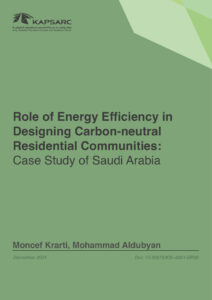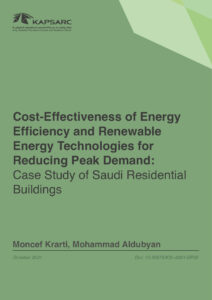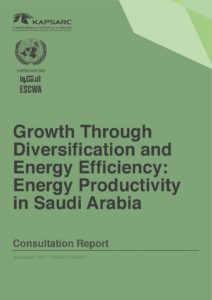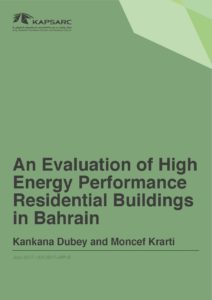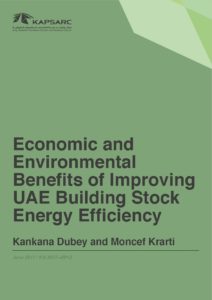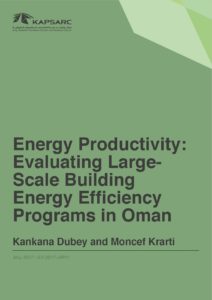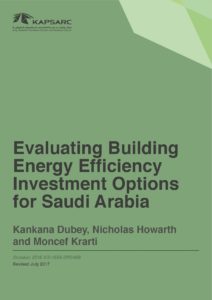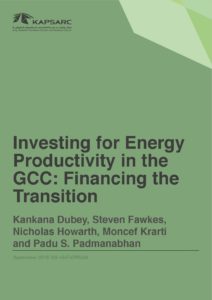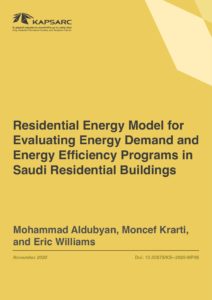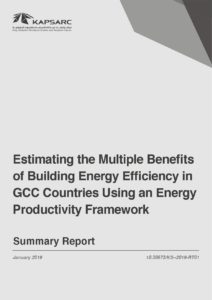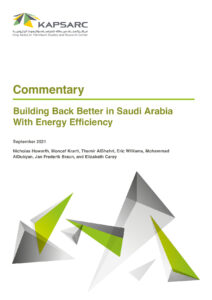Moncef was a visiting researcher with over 30 years of experience in designing, testing, and assessing innovative energy efficiency and renewable energy technologies applied to buildings. He is a professor and a coordinator of the Building Systems Program, Civil, Environment and Architectural Department at the University of Colorado.
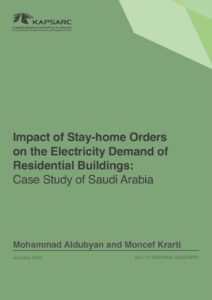
Impact of Stay-home Orders on the Electricity Demand of Residential Buildings: Case Study of Saudi Arabia
The analysis presented in this paper evaluates the impact of the COVID-19 stay-home order (or lockdown) on electricity consumption among Saudi residential building stock. Our analysis is based on an assessment of monitored data obtained for a sample of housing units as well as the results from a residential energy model (REEM). Specifically, we estimate the impact of the stay-home order imposed due to COVID-19 in most Saudi regions between March 15 and June 15, 2020, on residential electricity consumption.
14th April 2022
